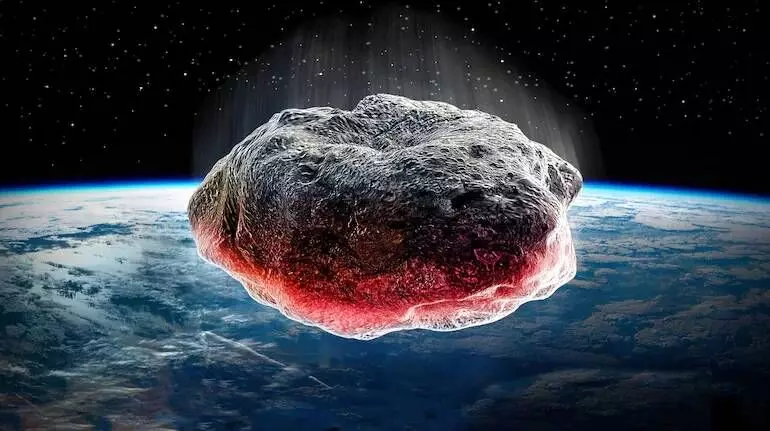World Asteroid Day 2025: Date, History, Significance & 5 Major Asteroid Incidents
World Asteroid Day on June 30 raises awareness of asteroid threats, marking the 1908 Tunguska event and promoting space research and planetary defense.
image for illustrative purpose

Every year on June 30, the world observes World Asteroid Day, a global event aimed at raising awareness about the risks posed by asteroids. The day commemorates the 1908 Tunguska event, when a massive asteroid exploded over Siberia, flattening 2,000 square kilometers of forest with a force equivalent to nearly 185 Hiroshima bombs. This catastrophic event left a lasting impact on Earth’s history, though its remote location meant it remained largely unknown until scientists reached the site 19 years later in 1927.
Why World Asteroid Day Matters
Established by the United Nations in 2016 following a proposal by the Association of Space Explorers and backed by the Committee on the Peaceful Uses of Outer Space, the day encourages improved research on asteroid detection and deflection. It also calls for increased investment in space science and planetary defense initiatives. This year marks the 10th anniversary of the global awareness campaign.
Five Major Asteroid Incidents in History
- Tunguska, 1908: The massive Siberian explosion that flattened vast forests and remains a symbol of asteroid impact dangers.
- Chelyabinsk Meteor, 2013: A meteor exploded over Russia injuring over 1,600 people and causing widespread property damage due to shockwaves.
- Chicxulub Impact, 66 million years ago: This 10-kilometer-wide asteroid impact caused the extinction of dinosaurs and major climate shifts.
- Meteor Crater, Arizona, USA: A 50,000-year-old crater formed by a 50-meter-wide iron meteorite, now a famous geological landmark.
- 2008 TC3, Sudan: The first asteroid detected before impact, exploding over Sudan and scattering meteorites in the desert.
UN Declares 2029 the International Year of Asteroid Awareness
Looking forward, the United Nations has designated 2029 as the International Year of Asteroid Awareness and Planetary Defence. This coincides with the close flyby of asteroid 99942 Apophis on April 13, 2029, which will pass just 32,000 kilometers from Earth—closer than many satellites. At about 340 meters wide, Apophis will be visible to the naked eye across Europe, Africa, and parts of Asia, with scientists monitoring its orbit for any changes after the flyby.
Planetary Defense: Preparing for Future Threats
NASA’s DART mission successfully demonstrated the potential to deflect an asteroid by crashing a spacecraft into it, marking a significant advance in planetary defense. Increasing public awareness and investment in such missions remain key priorities to protect Earth from possible asteroid hazards in the future.

